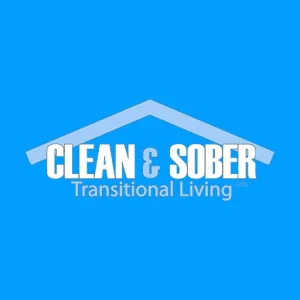
Join CSTL: A Community Where Recovery Thrives
At CSTL, we invite you to become part of a community where recovery thrives through mutual support and shared experiences
Clean & Sober Transitional Living

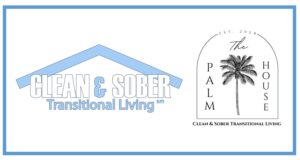
We’re thrilled to announce A Powerful Partnership for Recovery!
Clean and Sober Transitional Living (CSTL) and Palm House have agreed in principle to join forces and form the largest sober living organization in Northern California.
Don Troutman, founder and owner of Clean and Sober Transitional Living said, “we truly believe this is a marriage made in heaven. This powerful partnership combines two like-minded organizations that will provide exceptional services to the community we serve.” James Arends, CEO of Palm House and Stacey McElheny, COO of Palm House added “we are extremely excited to merge with CSTL. Our formation of the largest organization in NorCal gives us the opportunity to help even more individuals requiring the services we provide to get clean and sober.”
The combined organization of CSTL and Palm House will provide support for 200 residents in 23 houses, a powerful step forward in creating strong, stable recovery communities.
Don Troutman also said, “I’m extremely happy that Stacey is taking over all my responsibilities as Chief Operating Officer of CSTL. She is a respected leader in the sober living community in Sacramento. Her experience, dedication and passion for recovery are truly inspiring. Stacey’s leadership has helped countless individuals thrive in supportive, peer-driven environments.”
Don will continue to be involved in the new organization as a consultant and board member, supporting CSTL’s continued growth and success.
For more information please contact Bill Templeton, CMO at btempleton@cleanandsoberusa.net.

At CSTL, we invite you to become part of a community where recovery thrives through mutual support and shared experiences

We are hosting the Pancake Breakfast again! Please join us for the FREE 31st Annual Recovery Happens at the
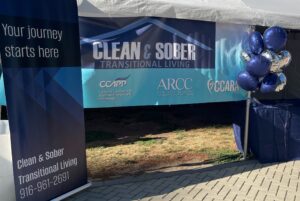
Last week’s Recovery Happens event at the State Capitol was a huge success with thousands of attendees, and Clean and

Don’t take our word for it, it’s what our clients are saying by their words and actions. Over 55% of

As a former CEO, I have always been impressed and respectful of Don Troutman’s unique approach to building CSTL into

Why do CSTL clients decide to stay at CSTL for much longer than the typical Sober Living Environment (SLE) programs?

Our founder, Don Troutman, created an intentional living program complimented by a peer-to-peer organizational structure. The combination of both philosophies

In April CSTL will mark the milestone of 35 years of helping people get clean and sober long term in
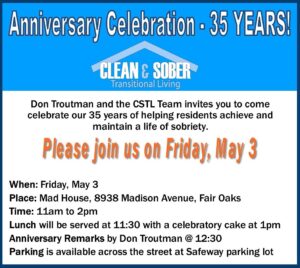
One of Clean and Sober Transitional Living’s biggest assets is our awesome team! Every CSTL team member has personally experienced
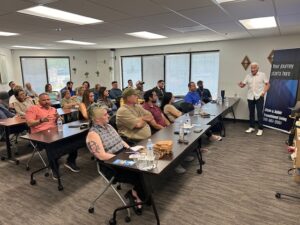
The Clean and Sober Transitional Living Team recently presented at the monthly meeting of the Association of Behavioral Health and

2023 was an exemplary year for Clean and Sober Transitional Living. Demand for our intentional living facilities was at an

Comparing a chain link fence to a peer-driven culture where everyone is a link offers a useful metaphor for understanding

Every September since 1992, California Consortium of Addiction Premises and Professionals (CCAPP) has sponsored the “Recovery Happens” event at the

CSTL has one of the largest fellowships and communities in the Sacramento area with 135 residents. Fellowship is central to

Clean and Sober is proud to announce that we’ve been nominated once again in the Best Health and Wellness category

Clean and Sober Living was elected 2nd place for Best Health and Wellness in Fair Oaks. “Though we took 2nd place, we